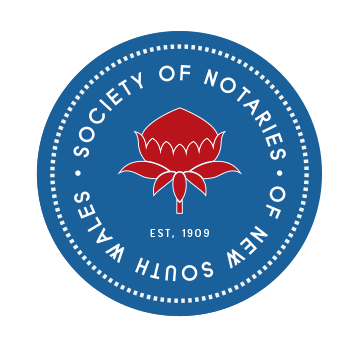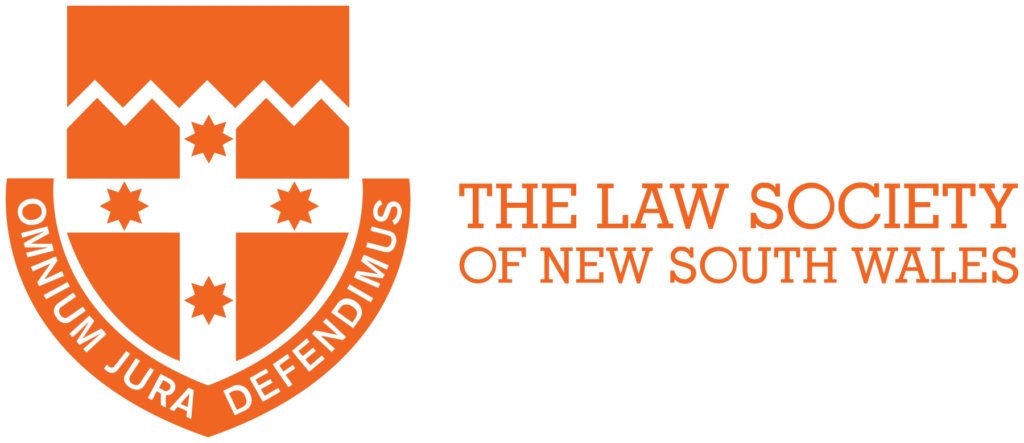Lawyer For Trademark
We catch conflicting marks before you file, anticipate Section 41 objections, and prepare case law responses that turn adverse reports into approvals.


Secure Your Legal Advantage
500+
Your brand deserves to be yours, no question. Join 500+ others who’ve secured trade marks built to grow, scale, and stand out globally.
$10M +
With over $10 million recovered, our clients move forward with renewed clarity, free from delays, distractions, and the weight of unresolved matters.
2,000 +
We’ve helped over 2,000 companies scale, advising on the deals, hires, and legal frameworks behind expansion, funding, and ownership.
40 Years
With 40 years of experience, we’ve all seen the challenges you’re facing. We’ll help you avoid the mistakes others have made.













Why a Lawyer for Trademark Registration Is a Strategic Advantage
Many clients ask us, “Do you need a lawyer for trademark registration?” While it’s not a legal requirement, it is a strategic decision that offers a distinct advantage. A skilled lawyer for trademark registration brings a depth of knowledge that a DIY application may lack. We understand the nuances of the Trade Marks Act 1995, enabling us to anticipate potential issues and develop a robust application.
Strategic Planning
We begin with a comprehensive search to identify any conflicting marks. We then analyse potential objections based on distinctiveness and help you choose a strong, registrable mark that will stand up to scrutiny.
Application Drafting
The application is drafted with precision, ensuring your goods and services are correctly classified and described. This attention to detail helps prevent costly amendments or responses to adverse reports down the line.
Adverse Report Management
Should an adverse report arise, we handle the entire response process. We draft legal submissions and gather the necessary evidence to overcome objections, aiming to turn a potential rejection into a successful registration.
Long-Term Protection
We provide advice on maintaining your mark, protecting it from infringement, and expanding your protection as your business grows.
What a Lawyer for Trademark Knows That a DIY Applicant Doesn't
The formal process of trademark registration is governed by specific legal principles that can be challenging to navigate without specialised knowledge. An examiner’s report is not a simple checklist; it is a legal document based on the Trademarks Act 1995 and a body of case law.
Here are some key points to consider:
Nuances of Legal Objections
The examiner's report may cite specific legal sections, such as Section 41 (lack of distinctiveness) or Section 44 (conflicting marks). A professional can interpret these objections and craft a targeted legal argument that is tailored to the specific issues raised.
The Weight of Evidence
When evidence is requested to support your application, its format and content matter. A legal professional knows what constitutes compelling evidence of use or reputation and how to present it effectively. The difference between a simple letter of use and a formal declaration of use is significant, and we advise on which is most appropriate for a given situation.
Maintaining the Integrity of the Mark
When evidence is requested to support your application, its format and content matter. A legal professional knows what constitutes compelling evidence of use or reputation and how to present it effectively. The difference between a simple letter of use and a formal declaration of use is significant, and we advise on which is most appropriate for a given situation.
Trademark Pricing
Our transparent, fixed-fee pricing ensures you know exactly how much do lawyers charge for trademark registration and protection. We offer tiered packages based on the complexity of your needs.
Trademark Registration Package
For a complete, end-to-end service, from initial search to final registration.
Trademark Registration Package
For a complete, end-to-end service, from initial search to final registration.
Trademark registration (up to 2 classes)
$1,650 inc GST
Adverse Report Response Package
For clients who have received an adverse report and need expert assistance to overcome it.
Adverse Report letter of use submission
Adverse Report Formal Declaration of Use Package
For clients who have received an adverse report requiring a statutory declaration to demonstrate genuine use of their trademark.
Adverse Report formal declaration of use
Consultation
A detailed one-hour consultation to discuss your specific needs and provide advice on your best path forward.
Training including pre lodgement & lodgement process
CEO
Owner
Lazarus legal assisted me with a matter. They were very efficient, gave me expert advice and it was a pleasure to deal with this great team.I would highly recommend them my friends or colleagues or to anyone needing legal advice.
Founder
My startup FreeGuides.com was looking to update our T&C and Privacy policy and Mark and the team did an exceptional job. They were diligent and thought outside the box, exactly what we were looking for.
- Talk to a lawyer for trademark
Think Your Brand is Protected? Let’s Find Out
Answers to your questions from our lawyer for trademark
What are the official fees for a trademark application in Australia?
The official government fees are paid directly to IP Australia and are charged per class of goods or services. For a standard application using the picklist, the fee is $250 per class. If your application requires a more customised list of goods or services (not on the picklist), the fee is $400 per class. The fees can also differ for a TM Headstart application. It’s a common mistake for applicants to select too many classes, which can significantly increase the cost, and we help you avoid this.
What are the most common reasons for a trademark adverse report?
The two most frequent reasons for a trademark adverse report are objections under Section 41 and Section 44 of the Trademarks Act 1995. A Section 41 objection means the examiner believes your mark is not distinctive enough to function as a trademark (e.g., it’s a common word like “Fresh Fruit”). A Section 44 objection is raised when your mark is considered too similar to an existing trademark for the same or similar goods/services. Our legal strategy is designed to anticipate and prepare for both of these objections.
What's the difference between a Letter of Use and a Declaration of Use?
Is it possible to overcome a Section 44 objection without changing my brand?
Does trademark registration protect me from employees or contractors copying my brand?
Trademark registration protects your mark from external competitors using confusingly similar branding, but it doesn’t control what employees or contractors do with your IP internally. You need commercial agreements drafted by an agreements lawyer to assign IP ownership: employment contracts ensuring work product created by staff belongs to your company, contractor agreements preventing freelancers from reusing your designs for other clients, and confidentiality agreements stopping former employees from taking your brand assets to competitors.

